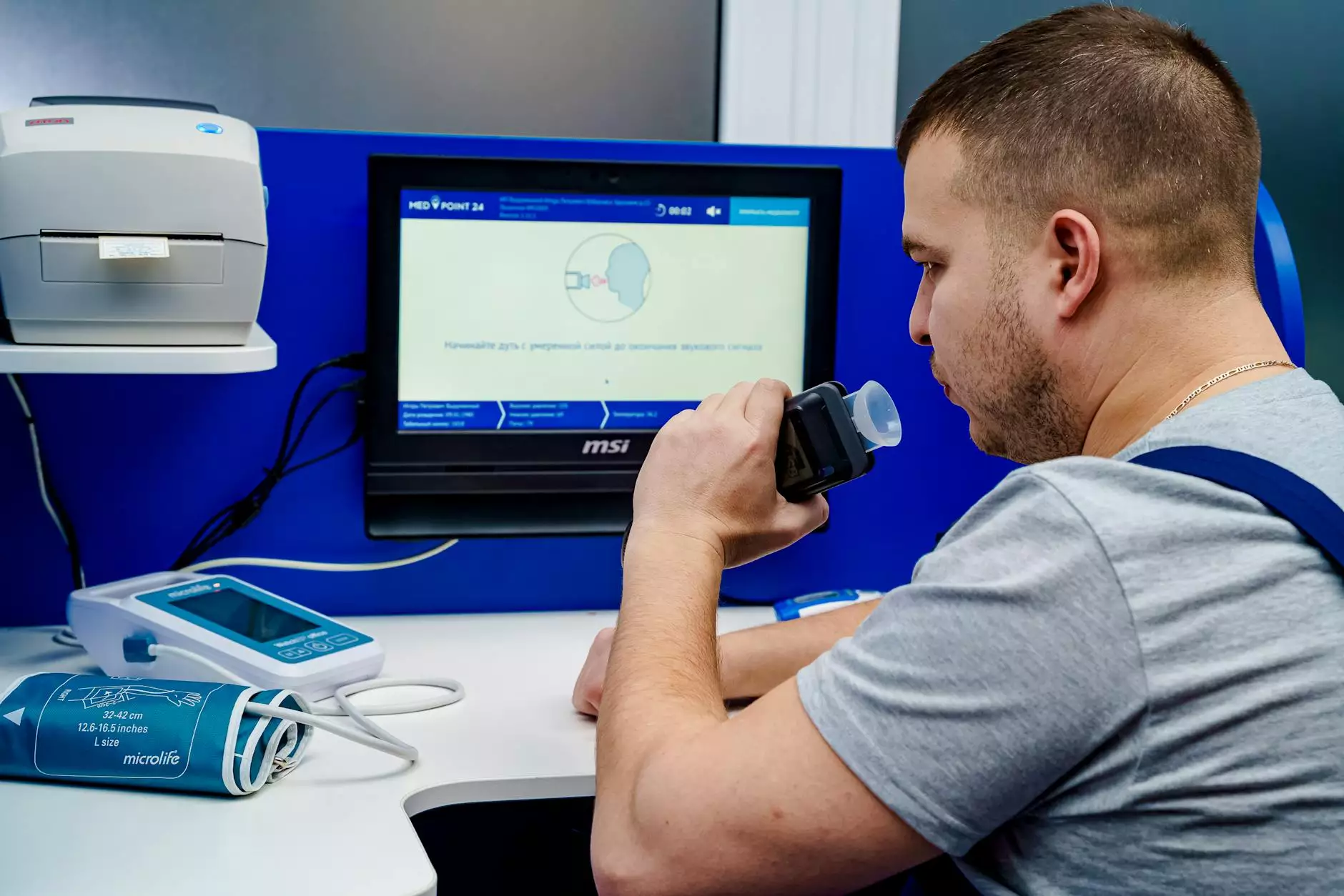Understanding the Importance of Transmission Safety Switches in Automotive Applications

The automotive industry has evolved significantly over the years, with technology continuously advancing to enhance vehicle performance, safety, and efficiency. Among the myriad of components contributing to vehicle safety, the transmission safety switch plays a pivotal role. This comprehensive article will delve into what a transmission safety switch is, its function, types, and why it is indispensable for both vehicle safety and operational effectiveness.
What is a Transmission Safety Switch?
A transmission safety switch, often known as a neutral safety switch, is a crucial component in a vehicle's transmission system. This switch ensures that a vehicle can only start when it is in a certain gear position, typically in "Park" or "Neutral". This functionality protects the vehicle from unintended movement when starting the engine.
How Does a Transmission Safety Switch Work?
The operation of a transmission safety switch is quite straightforward. When the ignition key is turned, the switch checks the vehicle's gear position. If the transmission is not in "Park" or "Neutral", the electrical circuit remains open, preventing the starter motor from cranking the engine. This prevents accidents that may occur if the vehicle were to start while in gear.
Key Functions of the Transmission Safety Switch
- Starting Prevention: The primary function of the transmission safety switch is to prevent the engine from starting unless the vehicle is in a safe gear position.
- Vehicle Safety: By ensuring that the vehicle cannot inadvertently start in gear, the switch significantly reduces the risk of accidents.
- Backup Light Activation: In many vehicles, the transmission safety switch is also responsible for activating the reverse or backup lights when the vehicle is shifted into reverse.
The Importance of the Transmission Safety Switch
The transmission safety switch is not just an accessory but a vital part of the vehicle’s safety mechanism. Here are several reasons why this component is essential:
Enhanced Safety
Safety is paramount in automotive design, and the transmission safety switch contributes significantly to this aspect. By preventing the engine from starting in a gear that allows forward or backward movement, it reduces the chances of accidents caused by unintended vehicle movements. This is especially important in crowded areas or during vehicle maintenance.
Improved Reliability
A properly functioning transmission safety switch enhances the reliability of a vehicle's starting system. When the switch is malfunctioning, it can lead to various issues, such as an inability to start the vehicle or starting unexpectedly. Regular maintenance checks can help ensure that the switch operates correctly.
Compliance with Standards
Many regulatory standards in automotive safety mandate the inclusion of safety features, including transmission safety switches. Adhering to these standards is not only essential for legal compliance but also for establishing consumer trust and brand reliability.
Types of Transmission Safety Switches
There are numerous types of transmission safety switches, with each designed to fit specific vehicle makes and models. Here are the most common types:
Mechanical Transmission Safety Switch
These switches typically utilize mechanical movement to engage and disengage the circuit based on the gear position. They are often found in older vehicle models where simpler mechanical systems are used.
Electronic Transmission Safety Switch
Modern vehicles frequently utilize electronic transmission safety switches, which are more reliable and can provide additional functionality, such as communicating with the vehicle's onboard computer systems for engine management and diagnostics.
Signs of a Faulty Transmission Safety Switch
Recognizing when a transmission safety switch is malfunctioning can prevent further complications and enhance overall vehicle safety. Here are some warning signs:
- The engine does not start: If you turn the key and the engine does not crank while the gear is in "Park" or "Neutral", the switch may be faulty.
- The vehicle starts in gear: This is a critical safety issue. If the vehicle starts in a gear position other than "Park" or "Neutral", the transmission safety switch may be defective.
- Intermittent starting issues: Inconsistent performance when trying to start the vehicle can indicate an issue with the switch.
- Backup lights do not function: A non-operational backup light when shifted into reverse may signal a problem with the switch.
Maintenance and Replacement
Maintaining the functionality of the transmission safety switch is essential for vehicle safety. Here are a few tips for maintenance and replacement:
Regular Inspections
Regular vehicle inspections can help identify potential issues with the transmission safety switch before they become serious problems. Professionals can check for proper operation as part of routine maintenance.
Replacement of the Switch
If the switch is found to be faulty, it is crucial to replace it promptly. Here are the typical steps involved in replacing a transmission safety switch:
- Disconnect the vehicle's battery to ensure safety during the replacement process.
- Identify the location of the transmission safety switch, which is usually near the transmission assembly.
- Remove any necessary components blocking access to the switch.
- Disconnect the wiring harness from the switch and remove the switch from its mounting position.
- Install the new transmission safety switch, reconnect the wiring harness, and reassemble any removed components.
Choosing the Right Transmission Safety Switch
When it comes to replacing a transmission safety switch, selecting the right part is crucial for compatibility and performance. Here are some considerations:
- Vehicle Compatibility: Ensure that the switch is compatible with the specific make and model of the vehicle.
- Quality and Brand: Opt for high-quality parts from reputable manufacturers to ensure reliability and performance.
- Professional Guidance: Consulting with a mechanic or automotive professional can provide valuable insights when selecting a replacement switch.
Conclusion
In conclusion, the transmission safety switch is a vital component in the automotive safety landscape. Its function in preventing unintended vehicle movement is crucial for driver and passenger safety. Regular inspections and timely replacements can help maintain its functionality, ensuring that vehicles operate safely and efficiently.
For those looking for quality automotive parts, including transmission safety switches, Shenghai Auto Parts offers a wide selection designed to meet the diverse needs of vehicle owners. Investing in high-quality components not only enhances vehicle performance but also safeguards the well-being of all road users.









